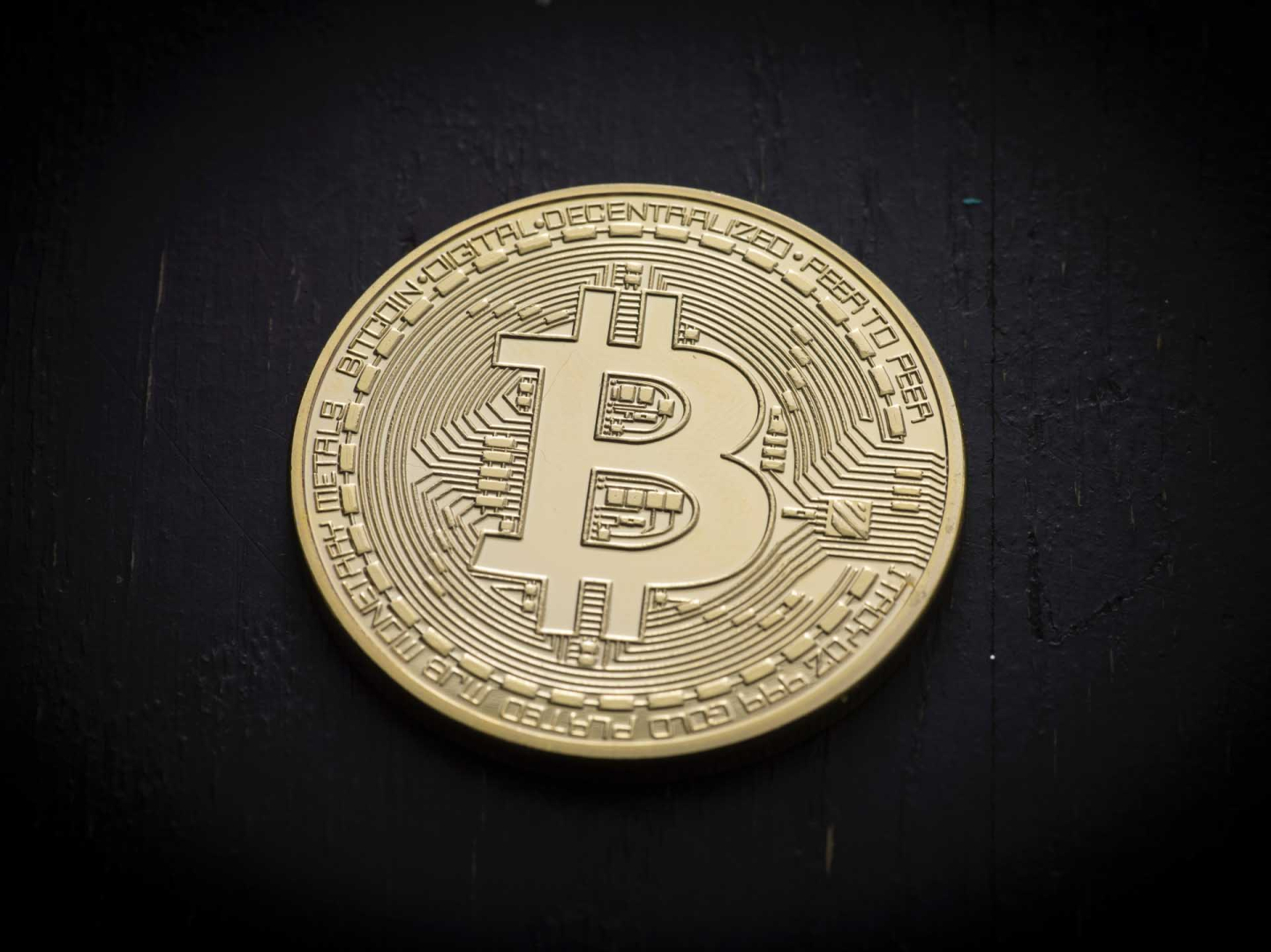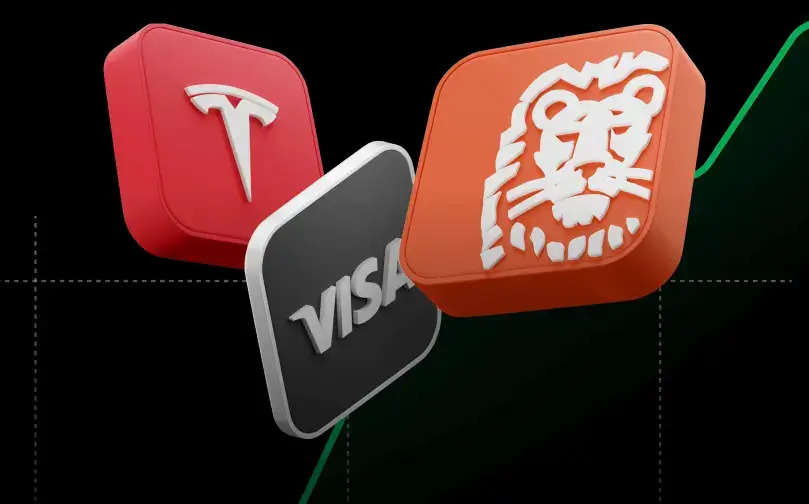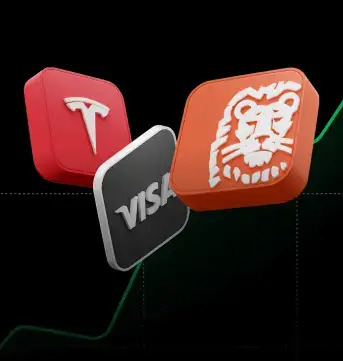Cryptocurrencies are recording a weak start to the week, with bitcoin retreating back to the $16,000 area amid growing concerns about the domino effect and controversy this time around over the largest cryptocurrency fund holding more than 600,000 BTC, Grayscale. The fund has refused to prove reserves to reassure investors citing security concerns.
Bitcoin is trying to hold the key psychological level of $16,000 while most of the industry is rallying to deepen the sell-off of the major cryptocurrency. Ethereum is trading around $1120 erasing most of the gains between June and October. Other altcoins are also trading weakly. Cardano is approaching $0.3, and Polygon, which recently reported that it is collaborating with Meta Platforms on instagram NFTs, is retreating to the area of $0.8 erasing the euphoric increases of late October and early November. Powerful sell-offs were also experienced by Metaverse projects like Decentraland and Sandbox, these cryptocurrencies completely erased the huge surges initiated in 2021.
Is Grayscale contagion real?
- Some analysts point to the threat of bankruptcy for Digital Currency Group (DCG). This is the parent company of Grayscale as well as institutional cryptocurrency trading firm Genesis Global Capital, which froze customer payouts a few days ago in the face of FTX's collapse. Genesis' problems, coupled with Grayscale's refusal to disclose its reserves, raise legitimate industry concerns.According to a statement from DCG, the financial problems only extended to Genesis Capital's lending division and do not affect the business operations of the group as a whole or the entity's other business segments.
- Following the collapse of FTX, Grayscale asserted that each of the fund's products is registered as a separate entity with its own regulations. He explained that these regulations make it impossible to sell, lend or transfer clients' underlying assets such as Bitcoin;
- At the same time, the fund indicated that it would not follow the trend and perform so-called proof of reserves. Previously, it calmed investors' fears by emphasizing the safety of deposited client funds and trust. The fund stressed that its cryptocurrencies are held by Coinbase, the only publicly regulated cryptocurrency exchange in the US;
Grayscale commented: "Coinbase frequently performs on-chain validation. For security reasons, we do not publicly release such on-chain wallet information and confirmation information via cryptographic Proof-of-Reserve, or any other advanced crypto accounting procedure (...) panic caused by others is not a good enough reason to circumvent complex security arrangements."
- Grayscale is the largest cryptocurrency trust in the industry, considered by many institutions to date as the best way to gain exposure to the crypto market. In the face of a downturn, each share of the fund trades nearly 40% below the spot price of bitcoin as the underlying asset. In the past, the fund tried to convert its trust into an ETF, but the SEC denied the request;
- 'Proof of reserves' took up a lot of discussion in the industry after the collapse of the FTX exchange showed that assets could be misappropriated and irretrievably lost by the entities holding them. Some investors are now demanding more transparency from the entities they use. Record numbers of withdrawals to so-called private wallets have been recorded from cryptocurrency exchanges, indicating that investors are worried about their money. That's why Grayscale's decision has renewed industry concerns. Some cryptocurrency developers are concerned about Grayscale's solvency because the fund is unable to answer how proof of reserves would pose a security risk to the company. Some cryptocurrency custodians and exchanges have already decided to disclose their reserves to stop panic customer withdrawals.
The MVRV Z-Score as one of the primary indicators used by on-chain analysts in the past has proven to be effective in identifying a potential 'investment opportunity'. It juxtaposes the market price of Bitcoin with the realized price i.e. the average purchase price of BTC on the blockchain. Of course, at price bottoms investors always find themselves at a huge unrealized loss owning Bitcoins on average purchased at up to three times the price at the bottom of the downturn. Currently, this indicator shows that BTC is likely to be relatively close to the bottom. In the past, a drop near the bottom levels or below the green channel has indicated an impending rebound and the gradual beginning of a trend reversal. Source: LookIntoBitcoin
Miners have been selling less BTC in recent days than the annual average, potentially indicating that the panic caused by the FTX is cooling down, and the immediate pressure to reduce BTC reserves has at least temporarily subsided. Source: CryptoQuant
The difficulty of the Bitcoin network's so-called hashrate, or the amount of power needed to mine 1 BTC has climbed to historic highs signalling that more pain in miner industry have yet to come. The difficulty of mining is a reflection of increasing competition among miners. The increasingly higher hashrate may indicate capitulation of 'more insolvency-prone miners' at a time of extreme hardship when energy prices are rising and the price of Bitcoin is falling. Source: Coin Glass
The 'Fear and greed' index chart invariably indicates extreme fear among cryptocurrency investors. Source: alternative.me
 Bitcoin chart, H4 interval. Bitcoin is trading in a dynamic downtrend. Amid Grayscale concerns and general fear in the industry, the major cryptocurrency has settled back below the 50-session average posing a risk of deepening the sell-off and breaking out of the lows of the first half of November. Source: xStation5
Bitcoin chart, H4 interval. Bitcoin is trading in a dynamic downtrend. Amid Grayscale concerns and general fear in the industry, the major cryptocurrency has settled back below the 50-session average posing a risk of deepening the sell-off and breaking out of the lows of the first half of November. Source: xStation5
Talpra Tréder - 2025.11.04.
Talpra Tréder - 2025.10.27.
A nap chartja: Bitcoin (21.10.2025)
A Bitcoin lendülete megtorpant és 111 ezer dollárra esett vissza 📉 Az Ethereum 3%-ot vesztett értékéből
Ezen tartalmat az XTB S.A. készítette, amelynek székhelye Varsóban található a következő címen, Prosta 67, 00-838 Varsó, Lengyelország (KRS szám: 0000217580), és a lengyel pénzügyi hatóság (KNF) felügyeli (sz. DDM-M-4021-57-1/2005). Ezen tartalom a 2014/65/EU irányelvének, ami az Európai Parlament és a Tanács 2014. május 15-i határozata a pénzügyi eszközök piacairól , 24. cikkének (3) bekezdése , valamint a 2002/92 / EK irányelv és a 2011/61 / EU irányelv (MiFID II) szerint marketingkommunikációnak minősül, továbbá nem minősül befektetési tanácsadásnak vagy befektetési kutatásnak. A marketingkommunikáció nem befektetési ajánlás vagy információ, amely befektetési stratégiát javasol a következő rendeleteknek megfelelően, Az Európai Parlament és a Tanács 596/2014 / EU rendelete (2014. április 16.) a piaci visszaélésekről (a piaci visszaélésekről szóló rendelet), valamint a 2003/6 / EK európai parlamenti és tanácsi irányelv és a 2003/124 / EK bizottsági irányelvek hatályon kívül helyezéséről / EK, 2003/125 / EK és 2004/72 / EK, valamint az (EU) 2016/958 bizottsági felhatalmazáson alapuló rendelet (2016. március 9.) az 596/2014 / EU európai parlamenti és tanácsi rendeletnek a szabályozási technikai szabályozás tekintetében történő kiegészítéséről a befektetési ajánlások vagy a befektetési stratégiát javasló vagy javasló egyéb információk objektív bemutatására, valamint az egyes érdekek vagy összeférhetetlenség utáni jelek nyilvánosságra hozatalának technikai szabályaira vonatkozó szabványok vagy egyéb tanácsadás, ideértve a befektetési tanácsadást is, az A pénzügyi eszközök kereskedelméről szóló, 2005. július 29-i törvény (azaz a 2019. évi Lap, módosított 875 tétel). Ezen marketingkommunikáció a legnagyobb gondossággal, tárgyilagossággal készült, bemutatja azokat a tényeket, amelyek a szerző számára a készítés időpontjában ismertek voltak , valamint mindenféle értékelési elemtől mentes. A marketingkommunikáció az Ügyfél igényeinek, az egyéni pénzügyi helyzetének figyelembevétele nélkül készül, és semmilyen módon nem terjeszt elő befektetési stratégiát. A marketingkommunikáció nem minősül semmilyen pénzügyi eszköz eladási, felajánlási, feliratkozási, vásárlási felhívásának, hirdetésének vagy promóciójának. Az XTB S.A. nem vállal felelősséget az Ügyfél ezen marketingkommunikációban foglalt információk alapján tett cselekedeteiért vagy mulasztásaiért, különösen a pénzügyi eszközök megszerzéséért vagy elidegenítéséért. Abban az esetben, ha a marketingkommunikáció bármilyen információt tartalmaz az abban megjelölt pénzügyi eszközökkel kapcsolatos eredményekről, azok nem jelentenek garanciát vagy előrejelzést a jövőbeli eredményekkel kapcsolatban.


